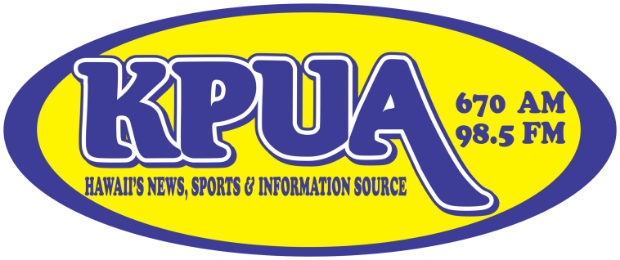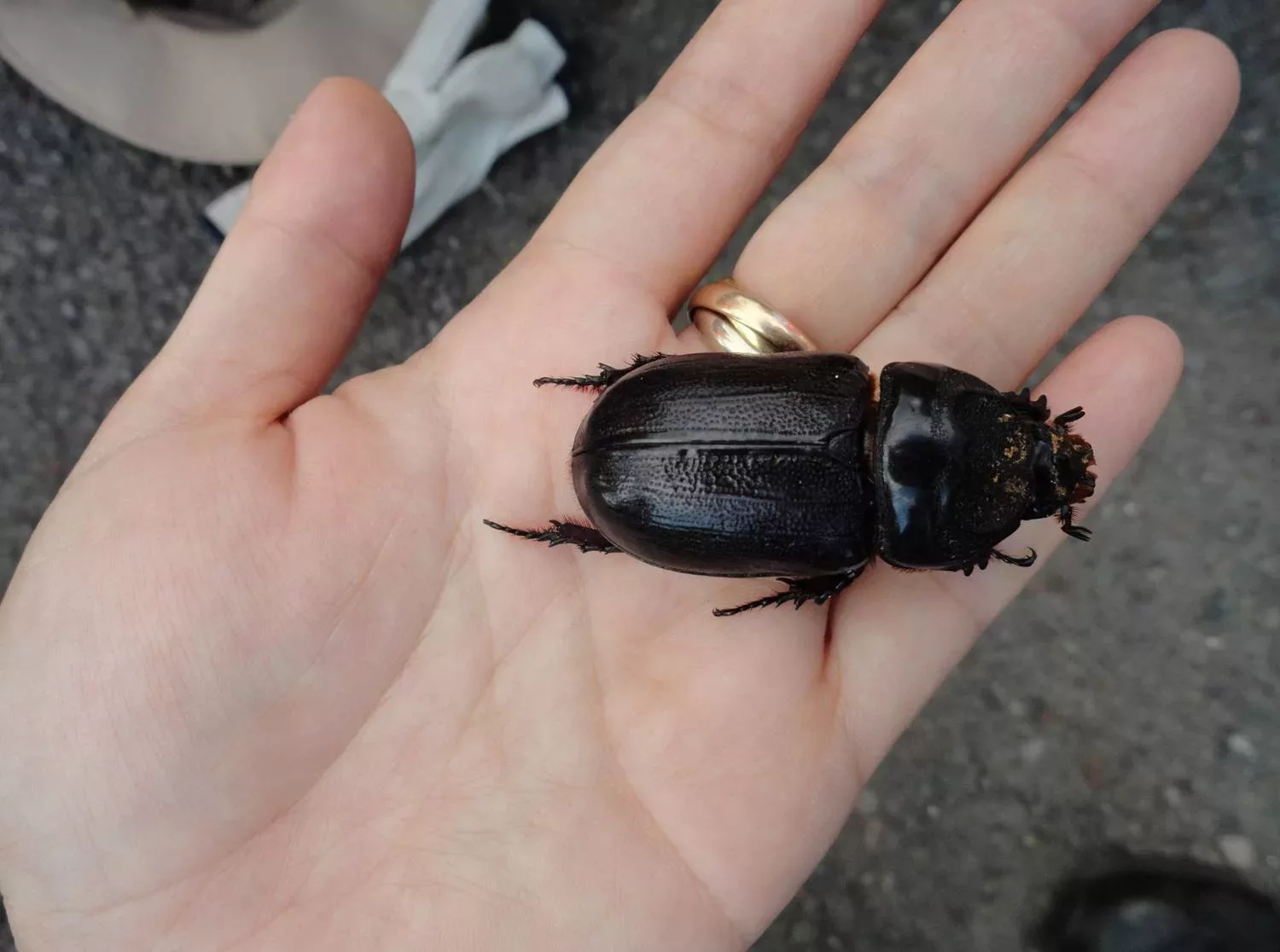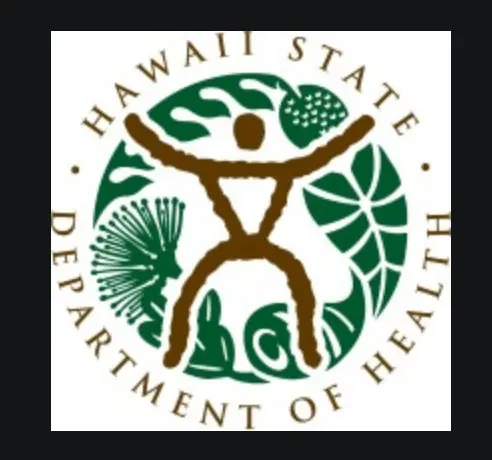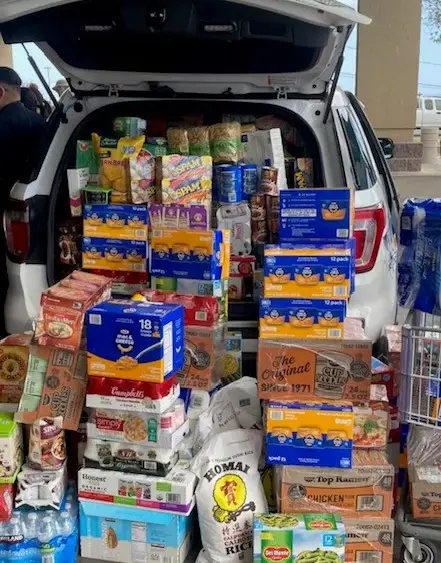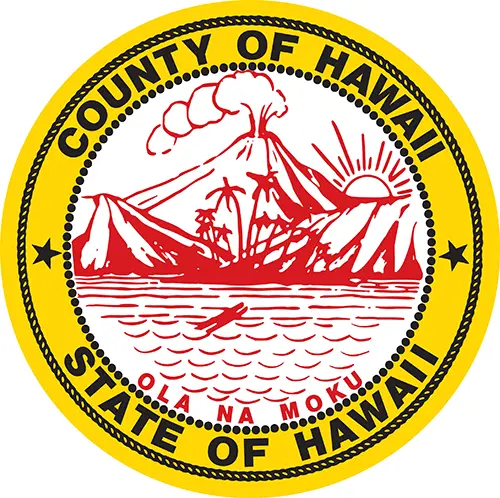Since January 2025, the State Department of Agriculture (HDOA), and the Hawaiʻi County Public Works Department have been working to combat the coconut rhinoceros beetle (CRB) after detections in the Kona area.
The HDOA and Hawai‘i County crews recently completed the latest round of treatments on palm trees at Ellison Onizuka Kona International Airport.
In September 2024, HDOA Plant Pest Control (PPC) personnel found a single CRB in a trap during routine monitoring in Waikoloa. This was the first detection of CRB on the island since October 2023 when a Waikoloa resident found six grubs (larvae) in a decaying palm tree stump. Increased surveillance continued throughout the island and more intensely on the Kona side.
In January, Mayor Alameda and the County of Hawai‘i offered their resources and assistance to HDOA, including the use of their 75-foot boom truck to treat the crowns of palm trees. On January 14, the team treated a total of 38 trees in the Waikoloa area via crown treatments and 24 trees were treated via an injection system which provides systemic protection against CRB. HDOA’s Pesticides Branch was also at the site to assist. So far, there have been no further detections of CRB in Waikoloa.
On March 3, 2025, the Big Island Invasive Species Committee (BIISC) reported one adult CRB in a detection trap along the boundary of the Ellison Onizuka Kona International Airport. A day later, two more adult CRBs were found in traps at the Natural Energy Laboratory of Hawai‘i (NELHA).
After the detections, HDOA, county crews and airport staff targeted treatments at the airport over a period of three days in March. The county provided the use of two boom trucks and the team treated 128 trees on the airport grounds and injected 12 more trees that were inaccessible to the boom trucks. So far, there have been no further detections at the airport.
Last week crews began work at NELHA and treated 58 trees via crown treatments with about 14 trees treated via injections due to their close proximity to water.All palms that were treated were tagged and surrounded with yellow tape to indicate treatment. Coconuts from treated trees should not be consumed.
Surveillance for CRB continues around Hawai‘i Island by HDOA, BIISC, University of Hawai‘i, the County of Hawai‘i and the state Department of Health Vector Control Branch.
Residents on all islands are asked to be vigilant when purchasing mulch, compost and soil products, and to inspect bags for evidence of entry holes.
Photo credit: Department of Agriculture
